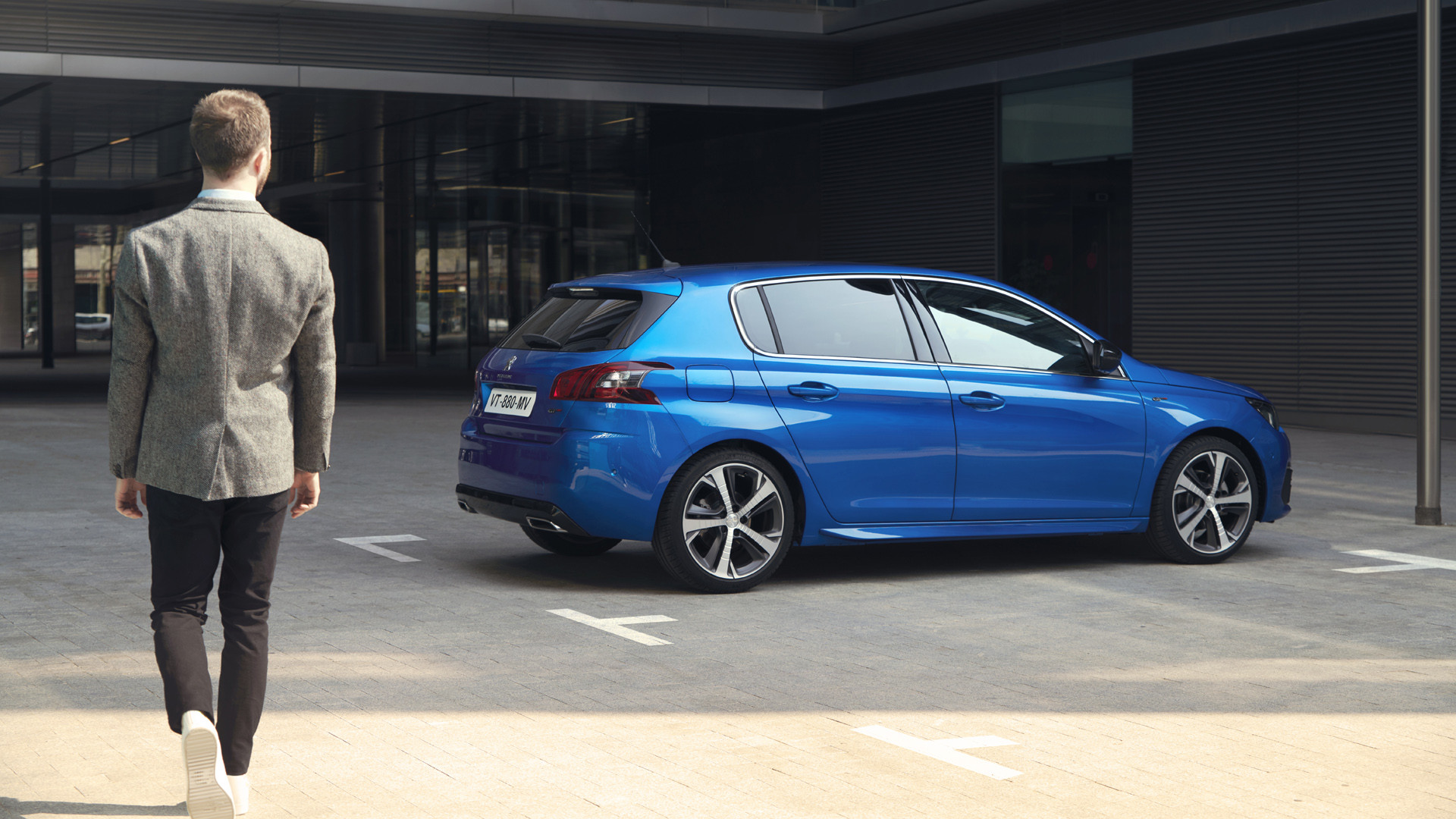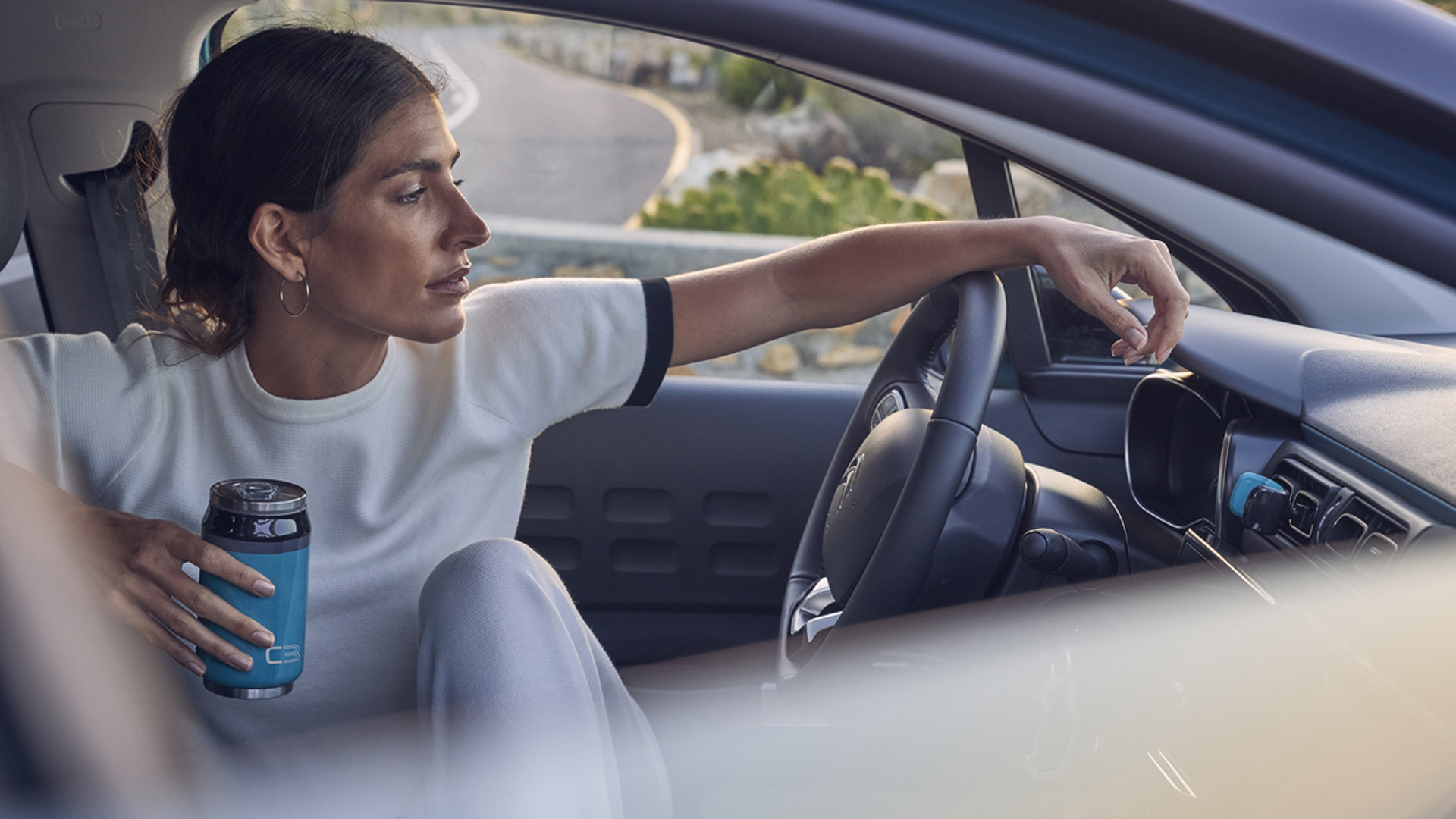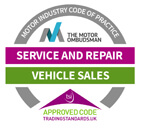If your car’s MOT test is coming up and you’re dreading the big day, fear not – you’re certainly not alone. As an island of used car lovers, it’s no big shock plenty of vehicles fail their MOT test, but you might be surprised that the fail rate is as high as 40% annually in the UK.
For most of us who are anything but experts when it comes to the mechanical side of driving, an MOT failure can spring a nasty surprise or two that can have significant financial and practical ramifications you weren’t prepared for. Add in the changes made to the MOT test process in 2018 that affected both the classifications and amount of testing done, and it’s arguably easier than ever to come unstuck on test day.
So, if you want to dodge a potentially hefty repair bill or overnight stay in the garage for your car, it’s essential you know how to prepare your car for it’s MOT do everything in your power to ensure it goes into the test in the best condition possible. With that in mind, we’ve put together an MOT preparation checklist that details what to check before your MOT on both the exterior and interior of your car, as well as areas that are worth

Things to check on the outside
Fluid top ups
One of the first things to check before an MOT is your oil and brake fluid levels. This is something you should be doing relatively regularly anyway as part of your basic car maintenance, but your car can actually be turned away from its test if the relevant levels are adequately topped up.
A low brake fluid level in itself is not a fail, but it’s worth noting that contaminated brake fluid is, as is any potentially hazardous fluid leak following the change in 2018.
Lights
One of the simplest MOT preparations to undertake is checking your lights. All of your lights – your headlights, brake lights, reversing lights, indicators, parking lights and even the little bulbs above your reg plate – need to be the correct colour and fully functioning to pass. From this year onwards, daytime running lights will also be checked for the first time.
Get someone to sit in the car and press the relevant pedals, stalks and buttons while you review from the outside. Nothing should be flickering or impeded (ie. dirty light casings) – so change, tighten and clean your lights where necessary.
Tyres
The minimum legal tread depth for tyres in the UK is 1.6mm, so ensure all of your tyres all at least at or over that level. You also need to pay close attention to your tyre walls, looking out for any cuts, lumps or significant cracking on the sidewalls that could render them dangerous.
Make sure your tyres are inflated to the recommended level too, or at least not under inflated. Your vehicle’s recommended tyre pressures can be found in the driver’s manual or online (just check your source when looking on the web).
Windscreen and wipers
Your windscreen can’t have any cracks larger than 1cm in it, nor should the main view – as in the view that the wipers cover – be obstructed in any way.
If your wipers have been making a racket while doing their job or not producing a clear picture for driving, you’ll want to get them changed before your test. Worn wipers that do not give you a clear view will be a fail. Don’t forget to top up your washer fluid – this isn’t a fail but a cheeky mechanic might try and charge you for the privilege of a top up. Your washer jets also need to be clear and pointed at the right angle – a pin will unblock a jet where required.
Registration plate
Your reg plate should be tightly fastened and the text clear to read at a range of 20 metres. You can also check on the DVLA and gov.uk website to see if your plate meets legal requirements.
Remember the little lights above need to be working, too.
Car body
The exterior of your car chassis shouldn’t have any glaring issues that could be considered hazardous. While this could be considered somewhat of a subjective point, look out for any excessive corrosion or damage – namely anything that could impact steering or braking. Any sharp edges would be considered a problem, too.
Make sure all your doors open and close properly and stay firmly in position when closed. Your front doors should open from both sides.

Things to check on the inside
Warning lights
While you don’t want to see any warning lights on, you do want them to function properly should they be needed. Your warning lights will be reviewed upon starting the engine to see if they go out as they should. Your speedo will also be checked to ensure it’s fully functional.
Seats and seatbelts
Your seats should be firmly in place and offer no movement beyond the usual sliding parameters they offer. All seats should also firmly lock into position when raised from a collapsed position.
Your seatbelts should also fix and release correctly, and the belts themselves shouldn’t be badly frayed or damaged.
Horn
Your horn needs to be working, so make sure to give it a quick pip pre-test.
Mirrors
A driver should have a rear view mirror and one or more driver side mirrors in clear view to pass, so make sure your mirrors are correctly positioned to the driver’s seat.

Things that aren’t as easy to check
The above checks are the basics of how to pass your MOT, but there are also a few more in-depth things that you or a mechanic would do well to check beforehand if you have the time and knowledge. These are things like:
Brakes
While checking your brake function (both foot- and handbrakes) is simple enough, you can check your brake pipes to see if there’s any visible leaks. Your brake discs should also pass the eye test, so look our for any damage or warping to them.
Exhaust system and emissions
An exhaust test starts with turning the engine over to see if you can hear anything funny (a rattle, for example), but you should also check that nothing underneath is loose, and that the silencer is in working order. For owners of diesel cars that use a diesel particulate filter (DPF), stricter rules enforced since 2018 mean if your DPF emits any visual smoke you’ll get a major fault.
Fuel Lines
Your fuel tank should be secure and all the parts visible to testers – such as the hoses and pipes - should be leak free. Make sure your fuel cap seals tightly and opens OK
Want to find a trusty MOT place? Look no further
You might have ticked off the full MOT preparation checklist, but there’s still one big task left – finding a trustworthy MOT tester. At Robins & Day, we provide full MOT test services that are highly regarded by our customers, which is why we’ve got an “Excellent” rating on TrustPilot.
We can also help with the rest of the process, too. With aftercare servicing available to all customers as well as parts supply via both our parts hub and call and collect service, we’ve got everything in place to help you prepare and take your MOT.

 Find us
Find us
 Call us
Call us
 My account
My account

 My account
My account













